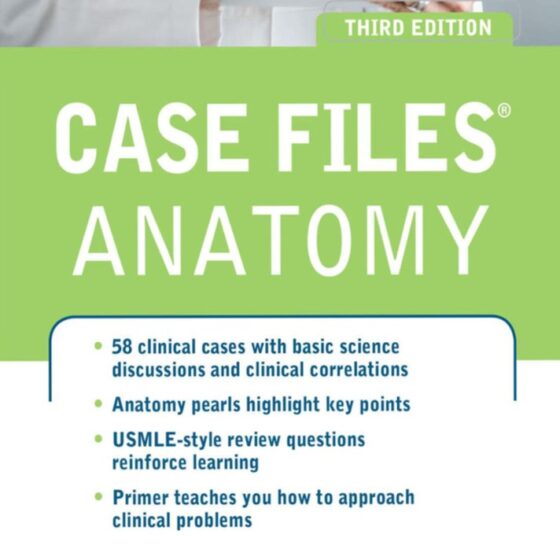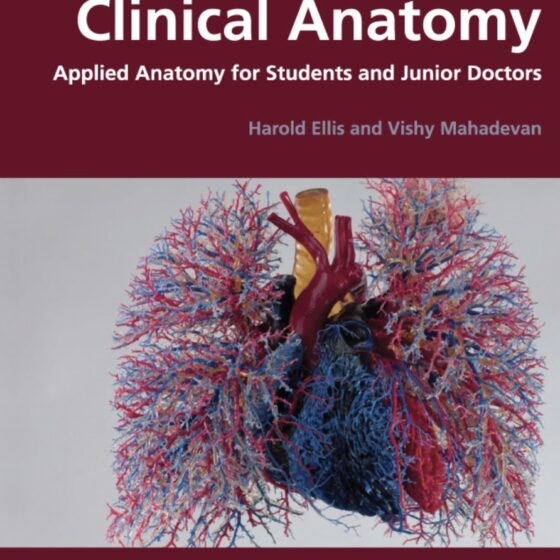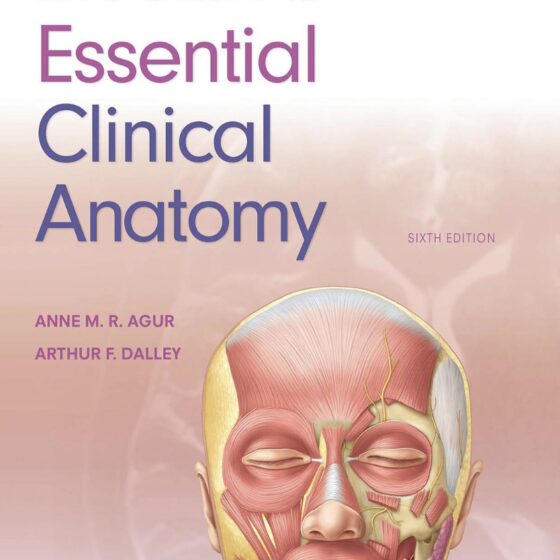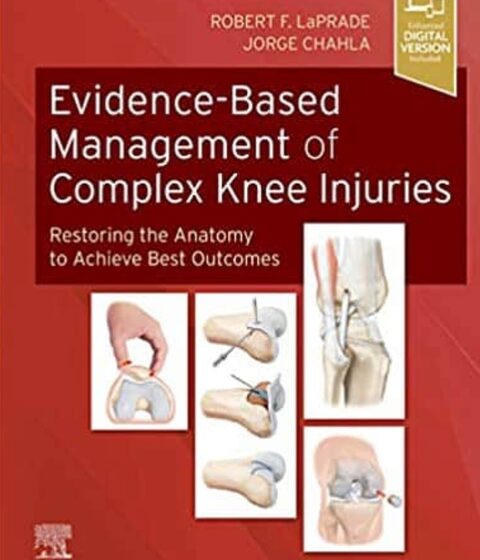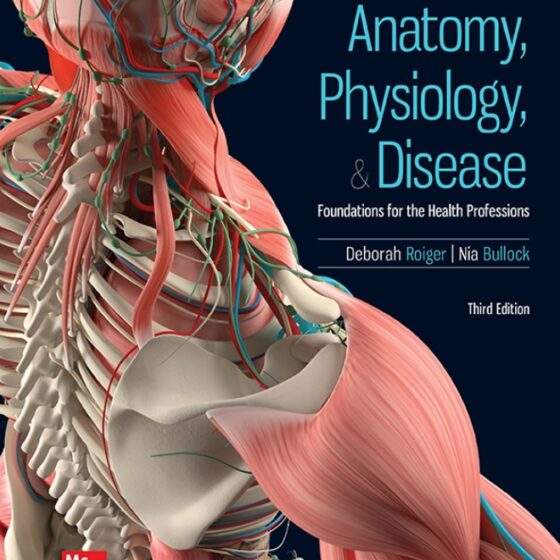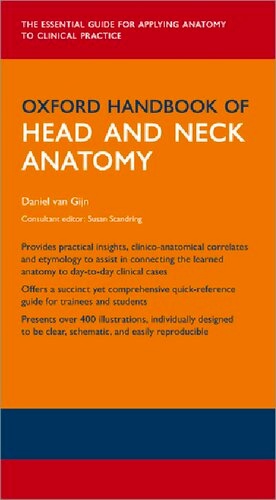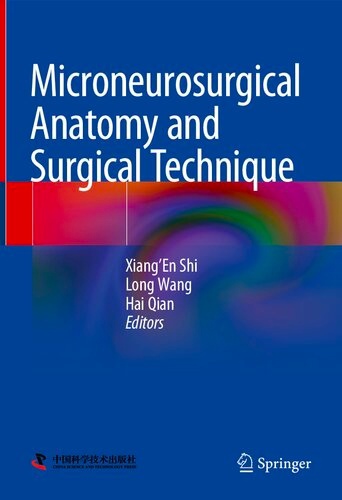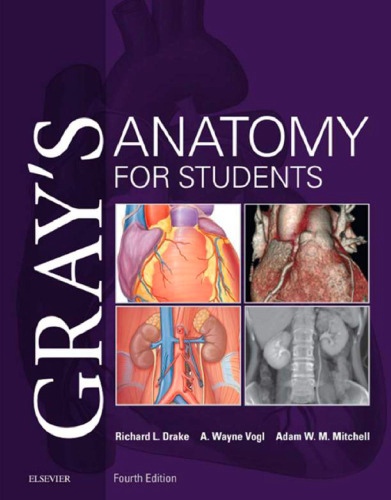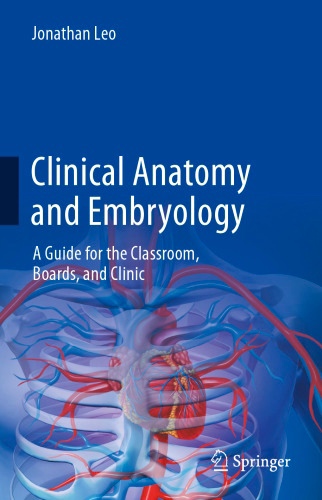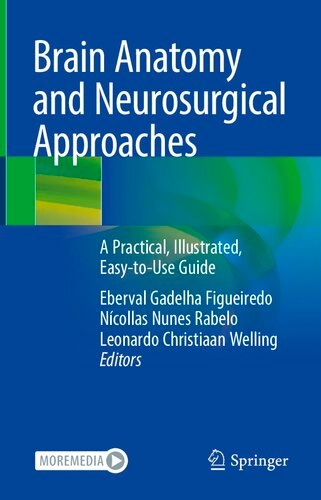Case Files Anatomy (Toy) 3 ed (2014)
Publisher’s Note: Products purchased from Third Party sellers are not guaranteed by the publisher for quality, authenticity, or access to any online entitlements included with the product. LEARN ANATOMY IN THE CONTEXT OF REAL-LIFE PATIENTS AND PREPARE FOR THE BOARDS Experience with clinical cases is central to excelling on the USMLE Step 1 and shelf exams, and ultimately to providing patients with competent clinical care. Case Files: Anatomy provides 58 true-to-life cases thatillustrate essential concepts in this field. Each case includes an easy-tounderstand discussion correlated to essential basic science concepts, definitions of key terms, anatomy pearls, and USMLE-style review questions.

